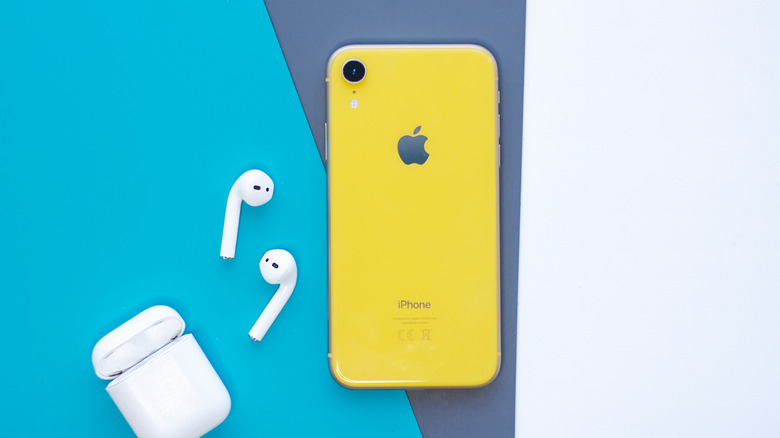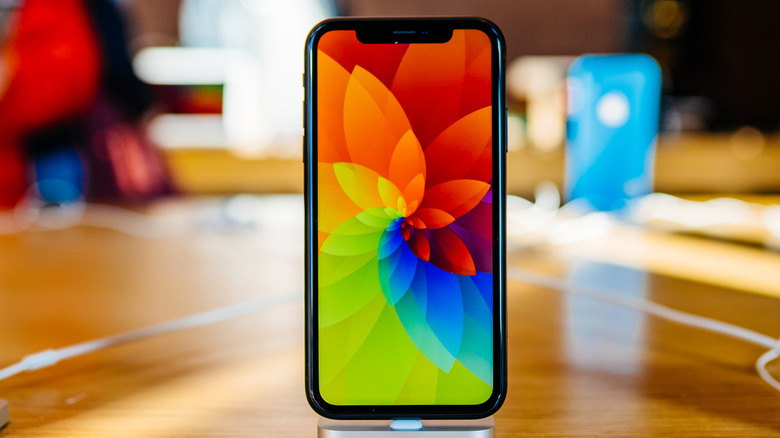Apple's iPhone SE 4 May Not Be As Doomed As We Thought
Apple's upcoming budget offering, tentatively known as the iPhone SE 4, is shaping up to be an exciting upgrade for several reasons. According to TFI Securities analyst Ming-Chi Kuo, the company is reportedly planning a design upgrade for the next iPhone SE, which should look more like the iPhone 14 instead of carrying the same old glass and metal design that Apple introduced with the iPhone 8. However, we've also come across contrasting leaks claiming that the next iPhone SE will look more like the iPhone XR instead of the iPhone 14.
The phone is rumored to feature a 6.1-inch screen, marking a major upgrade from the 4.7-inch panel on the current generation iPhone SE. Another notable change is the shift away from an LCD panel to an OLED screen, assuring higher saturation, better viewer angles, and tighter color contrast.
In doing so, Apple will finally say goodbye to the era of iPhones with an LCD display. However, don't expect Apple to give it a ProMotion makeover that guarantees a peak refresh rate of 120Hz. As per previous predictions by Kuo, the next iPhone SE will reportedly break cover in 2024.
An expected compromise
Kuo further mentions that the fourth-generation iPhone SE will come equipped with Apple's own 5G baseband chip. To recall, the company has been rumored to be working on its own cellular modem in partnership with TSMC for a while now, and it appears that the next iPhone SE will serve as the test bed for Apple's first phone with an in-house 5G chip.
An obvious advantage is that Apple would be saving on the cost of buying a 5G antenna from Qualcomm. However, it's too early to predict if Apple will retain the sub-$500 price tag, given the major design refresh in the pipeline and a pricier OLED panel coming into the picture.
(1/10)
[Update] Apple has restarted the iPhone SE 4 and will adopt an in-house 5G baseband chip. The significant decline in Qualcomm's Apple orders in the foreseeable future is a foregone conclusion. https://t.co/0MeZDFnbzg— 郭明錤 (Ming-Chi Kuo) (@mingchikuo) February 27, 2023
However, there is one disadvantage of Apple using its own cellular chip inside its next budget phone, and that's the experimental nature of the 5G modem — which misses out on one crucial capability. Kuo notes that Apple's 5G baseband module only supports the slower sub-6GHz 5G connectivity, which means it won't be able to latch on to the mmWave airwaves that offers the true 5G experience with gigabit-range speeds.
Apple reportedly hasn't been able to figure out mmWave 5G support for its cellular modem. But the compromise is not unexpected, as a majority of smartphone makers keep mmWave 5G support limited exclusive to their high-end phones.

